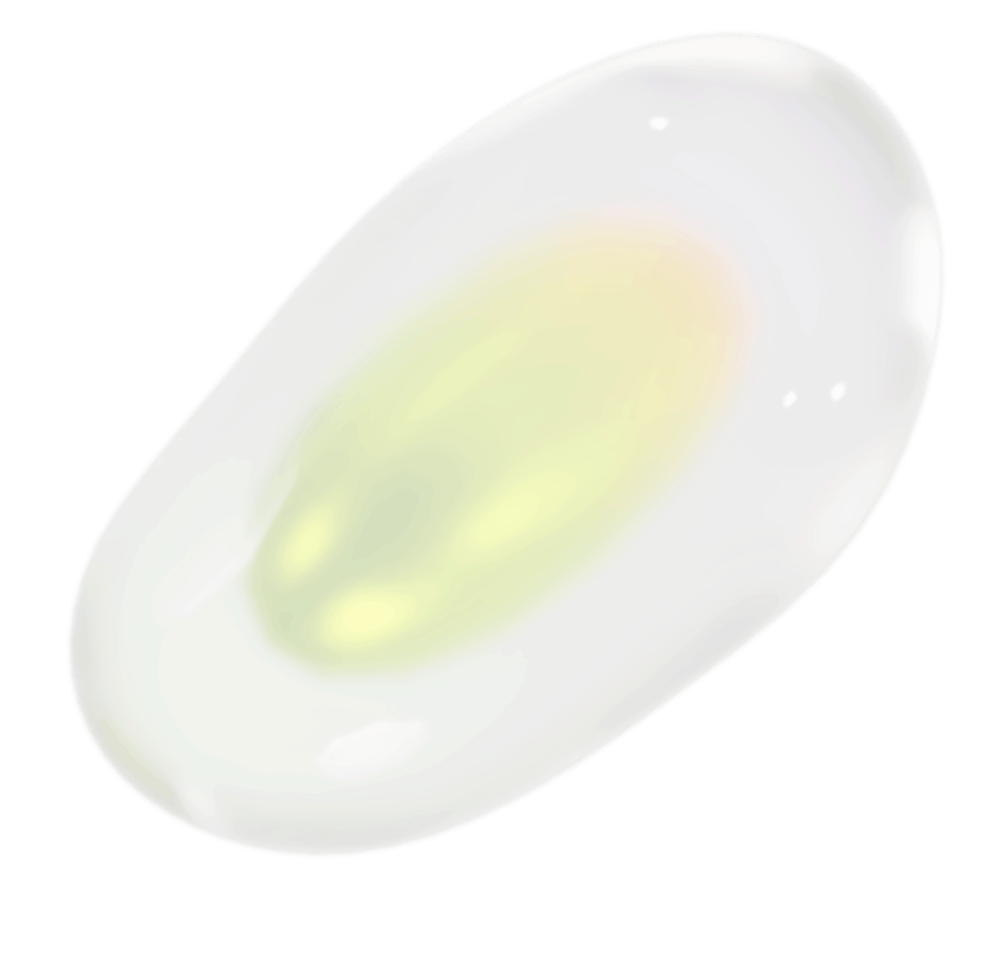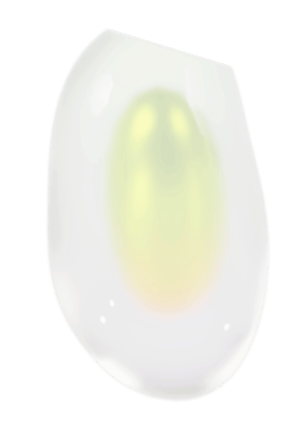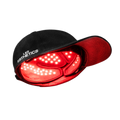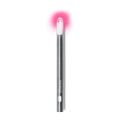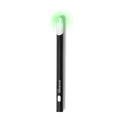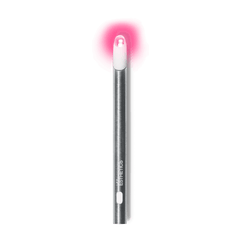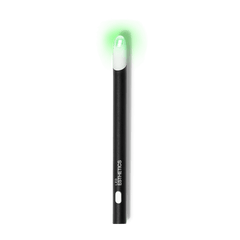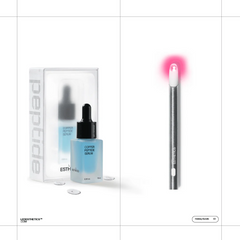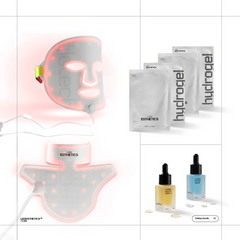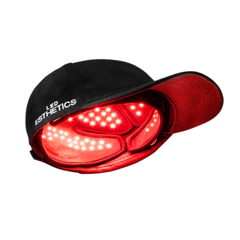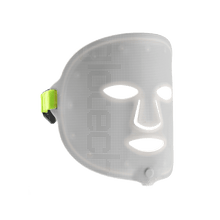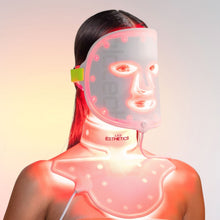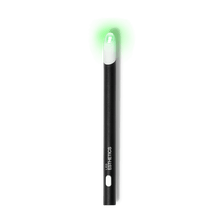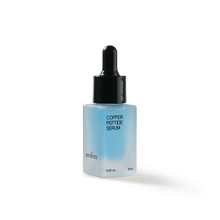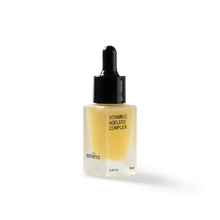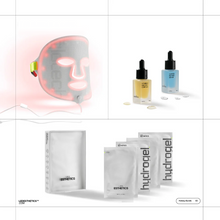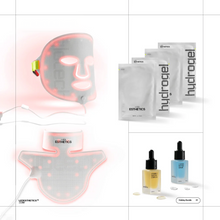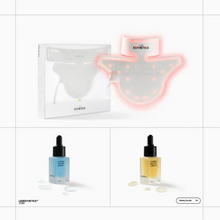
What is red light therapy?
.
If you care about skin care, then you’ve likely heard about red light therapy. Today it is easier than ever to use red light therapy at home thanks to portable LED devices now available. Whether you own a device already, or you want to investigate the technology before you buy, here’s everything you need to know about red light therapy.
.
Your skin absorbs light. While we all know UV rays are harmful, LED lights produce wavelengths that are actually helpful to the skin. (Read: How does LED therapy work )
Red light therapy (RLT) is a therapeutic technique that uses red low-level wavelengths of light to treat skin issues, such as wrinkles , scars , and persistent wounds, among other conditions.
.
In the early 1990s, RLT was used by scientists to help grow plants in space . The scientists found that the intense light from red light-emitting diodes (LEDs) helped promote growth and photosynthesis of plant cells.
.
Red light was then studied for its potential application in medicine, more specifically to find out if RLT could increase energy inside human cells . The researchers hoped that RLT could be an effective way to treat the muscle atrophy, slow wound healing, and bone density issues caused by weightlessness during space travel.
.
See this article in The Journal of Clinical and Aesthetic Dermatology for a comprehensive clinical history of LEDs.
.
You may have heard of red light therapy (RLT) by its other names, which include:
- photobiomodulation (PBM)
- low level light therapy (LLLT)
- soft laser therapy
- cold laser therapy
- biostimulation
- photonic stimulation
- low-power laser therapy (LPLT)
.
When RLT is used with photosensitizing medications, it’s referred to as photodynamic therapy. In this type of therapy, the light only serves as an activating agent for the medication.
.
There are many different types of red light therapy. Red light beds found at salons are said to help reduce cosmetic skin issues, like stretch marks and wrinkles. Red light therapy used in an medical office setting may be used to treat more serious conditions, like psoriasis, slow-healing wounds, and even the side effects of chemotherapy.
.
There are dozens of independent clinical studies that support the wide range of benefits from LED light therapy.
How does red light therapy work?
.
LED light therapy uses LEDs (light-emitting diodes) that produce non-invasive wavelengths of light to promote cellular growth and provide relief for a range of conditions. LEDs use semiconductor chips composed of diodes on a reflective surface to produce light. How the semiconductor is composed determines the wavelengths and colors of the light, such as blue, yellow, red, and infrared. Different wavelengths (colors) of light penetrate different depths of the skin. Red light is in the 630-700nm spectrum, making it effective for minimizing signs of aging, such as wrinkles.
.
Red light is thought to work by producing a biochemical effect in cells that strengthens the mitochondria. The mitochondria are the powerhouse of the cell — it’s where the cell’s energy is created. The energy-carrying molecule found in the cells of all living things is called ATP (adenosine triphosphate).
.
By increasing the function of the mitochondria using RLT, a cell can make more ATP. With more energy, cells can function more efficiently, rejuvenate themselves, and repair damage.
.
RLT is different from laser or intense pulsed light (IPL) therapies because it doesn’t cause damage to the skin surface. Laser and pulsed light therapies work by causing controlled damage to the outer layer of the skin, which then induces tissue repair. RLT bypasses this harsh step by directly stimulating regeneration of the skin. The light emitted by RLT penetrates roughly 5 millimeters below the skin’s surface.
How is red light therapy used?
.
Ever since the initial experiments in space, there have been hundreds of clinical studies and thousands of laboratory studies conducted to determine if RLT has medical benefits.
.
Many studies have had promising results, but the benefits of red light therapy are still a source of controversy. The Centers for Medicare and Medicaid Services (CMS), for example, has determined that there isn’t enough evidence to show that these devices are better than currently existing treatments for treating wounds, ulcers, and pain.
.
Additional clinical research is needed to prove that RLT is effective. At the moment, however, there’s some evidence to suggest that RLT may have the following benefits:
- promotes wound healing and tissue repair
- improves hair growth in people with androgenic alopecia
- help for the short-term treatment of carpal tunnel syndrome
- stimulates healing of slow-healing wounds, like diabetic foot ulcers
- reduces psoriasis lesions
- aids with short-term relief of pain and morning stiffness in people with rheumatoid arthritis
- reduces some of the side effects of cancer treatments, including oral mucositis
- improves skin complexion and builds collagen to diminish wrinkles
- helps to mend sun damage
- prevents recurring cold sores from herpes simplex virus infections
- improves the health of joints in people with degenerative osteoarthritis of the knee
- helps diminish scars
- relieves pain and inflammation in people with pain in the Achilles tendons
.
Currently, RLT isn’t endorsed or covered by insurance companies for these conditions due to lack of sufficient evidence. Although, a few insurance companies now cover the use of RLT to prevent oral mucositis during cancer treatment.
.
